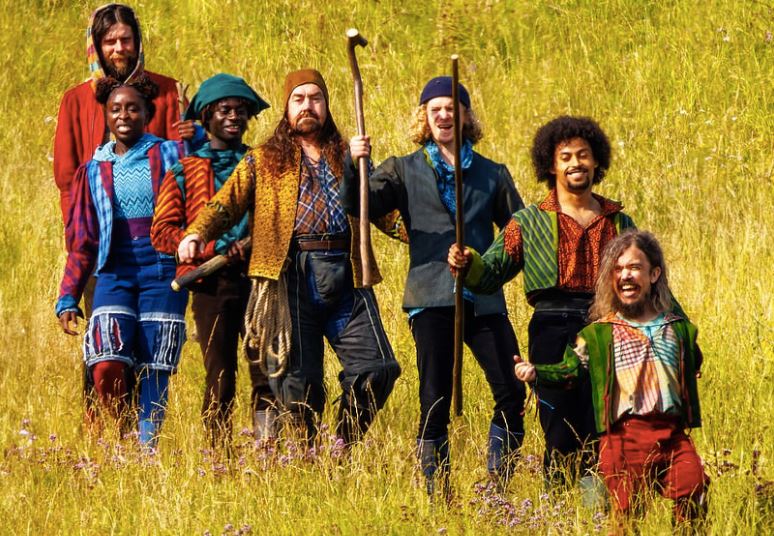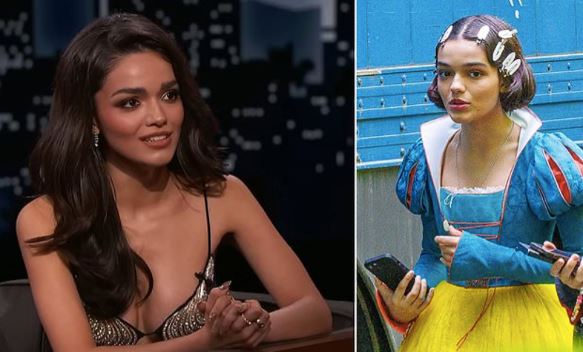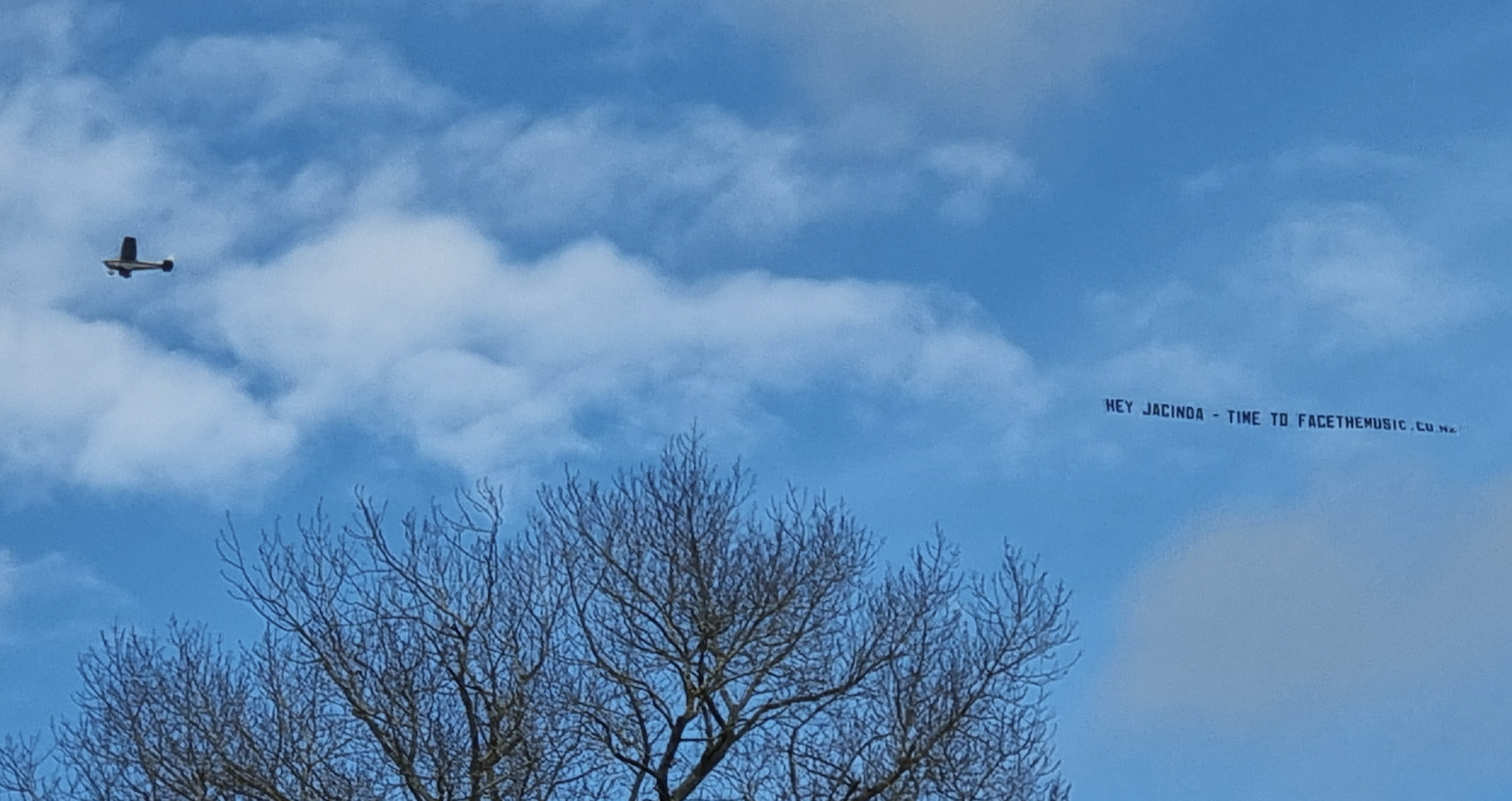
Disney’s Snow White and the True Snow White of the Soul
by Mike Bee
Controversy surrounds a new Disney version of its 1937 film Snow White and the Seven Dwarfs, with a Latina actress being cast as Snow White and the “dwarves” being transformed in a way that suggested to one critic that the title should be Snow White and the Seven Politically Correct Companions. Will this be another example of a company going woke and becoming broke?
These are but early days – the film must be made first and will not be released until next year, so we won’t know for some time what its financial fortunes will be. However, what is certain is that this is the version of the story that Disney thinks to be appropriate for children today. It will arise out of the nature of Disney and as a product of these strange times that we are living in.
Rachel Zegler, who plays Snow White, states the following about her character:
People are making these jokes about ours being the PC Snow White. … Yeah, it is – because it needed that. It’s an 85-year-old cartoon, and our version is a refreshing story about a young woman who has a function beyond ‘Someday My Prince Will Come’.’

Zegler also suggests that the role of the prince who awakens Snow White may be cut altogether, for the new Snow White is no helpless princess waiting around to be rescued by Prince Charming but a powerful Twenty-first Century gal who wants to become a leader and who knows how to get what she wants.

From now on, we can be sure that every little crumb of information swept up from under the table of the Disney film-shoot will be analysed in great depth and that everything that gets out will cause offence to some, for this is America 2023, and it is cool to be outraged over anything that upsets your feelings, whether you are in the community of the vertically challenged or believe passionately that Snow White should be played by a gay man with a lisp from Ethiopia!
Without being outraged, I would like to consider Snow White from a perspective that neither Disney film understands – not the original 1937 cartoon version nor the coming woke version of 2024. I would like to consider the question of what, really, is a fairy tale and what is being portrayed in the specific fairy tale of Snow White.
A long time ago I spent one year of my life teaching six-year-old children in a Steiner (or Waldorf) School in Christchurch where every day contained a fairy story. We did the Brothers Grimm and moved on to tales from other lands, and I had great success with some wonderful Swedish fairy tales. I had the chance to see for myself how children around their seventh year are open to receiving something very powerful through the true, old stories. Classic fairy tales convey transformative, artistic imagery to children and provide them with lessons about life, not as hard-and-fast teaching for the intellect but as flexible images which are taken in through far deeper portals within the soul.
All the characters in a fairy-story are actually one person. Nancy Jewel Poer, a 90-year-old former teacher living in California, says the following about fairy tales:
All the actors in the stories are built in to our higher and lower natures as human beings. We are the king, the queen, (like the animus and anima of the soul, these are our male and female aspects), the brave prince, the exquisite princess, the simpleton third son, the wise old man or woman and the vengeful, deceitful witches, dragons and monsters. This is why fairy and folk tales … are such an incredible teaching tool and so satisfying to the young child. The little ones resonate deeply with them, knowing that despite the inner imps and manipulative foibles of their own personalities, they can inwardly rejoice … that their higher selves shall one day triumph in ultimate victory in this game of life.
The child who is listening so intently hears of a princess, and he or she is that princess, whether in this life they are a boy or a girl. Disney’s Latina Snow White wants to be a with-it heroine who needs no man to find her fulfilment, but this is no divine archetype. It can be entertaining, but Disney is mixing adult concepts into what for children should be able to stand in naïve purity beyond the fallen world of adult ideas. Whether or not you like the final result, it is a fact that they are turning the story into something else. The archetypal feminine is the human soul waiting to be touched by the Higher Self that can shine down upon her from the spiritual world, and the archetypal masculine is that spiritual essence that brings light to the earth. Fairy tales – the real ones, not the woke kind – contain these archetypal images: the soul, the spirit, the various hindrances that afflict us on our earthly pilgrimage and the sources of help that can come to us if we are open to them. We shall meet them in the world outside as our lives progress, and, we shall find that they are also inside of us. And to those of us who are living strongly into the theme of the Great Awakening, fairy tales actually give inspiration for how we can conduct ourselves through that great spiritual battle of our time.
Why do so many fairy tales end in a marriage? Modern human beings may be outraged at what they see as stereotypes, but what is perceived by the child is something totally different from our modern ideas of the nature of men and women. In the deeper dream-world of our soul-journey to which children are far closer than us, our ultimate hope is that we can reconnect with the Divine. We are spiritual beings who came down from the spiritual world with a sense for what we wished to accomplish in the 60 or 70 or more or less years ahead of us and who know also, to some extent, the kinds of hindrances we are going to meet. The small child carries memories of that time before birth, and a suitable education confirms what she feels and assists her to step forth with confidence onto the earth. Fairy tales are a very special kind of magic – but only if the one telling them believes in them completely, whether or not they understand all that is being communicated by them.
Studying in England in my early twenties, I was lucky enough to attend every Friday afternoon a talk from a very special man who had been a teacher for some fifty years. In these talks he would take one fairy-tale, firstly telling it to us and then, with great sensitivity, unravelling for us what it meant. To someone just out of university, still possessed by many of the materialistic dogmas that I had received there, this was another world, one with which I resonated deeply.
Everyone’s journey upon earth is different, but certain themes are common to all. The fairy tales capture our deepest hopes and fears of what lies ahead of us. We come to earth and forget what we once knew. In our forgetfulness, how will we respond to life? Will we find our way back to the spiritual worlds that still surround us even when we are no longer aware of them? Or will we succumb to hard drugs or criminality or bitterness or be seduced by an ideology that drives all spirituality from us?
Snow White is a very special story. The wicked queen who is jealous of the young girl could be our double, our doppelgânger, who accompanies us through life, constantly testing and challenging our spirituality and our good judgement. Three times the witch visits the virgin princess and seems three times to have killed her. The first time the girl is seduced by a comb which sticks in her head, the second time by a girdle which suffocates her and the third time by a poisoned apple which lodges in her throat. The first two times the dwarves – nothing at all like the Disney cartoon ones but real elemental beings that we encounter here in the etheric world around us – are able to save her. The first poison goes into her head – evil ideas can be redeemed. The second poison affects her heart and her breath – poison in the emotional life can also be cured. But the poison apple is swallowed and seems to have sunk deep into the dark unconscious layers of the soul that are inaccessible to the healing skill of the seven dwarves. They do all they can for her, building her a glass coffin and faithfully keeping watch over her. Snow White must wait for the one source of redemption that is able to make her whole. The prince is no earthly future monarch but an emissary from the spiritual world. This is the moment of fulfilment for the human being – the meeting of spirit and soul.
I remember from those years of story-telling to the children in the Waldorf class how there always came a moment when the last word had been spoken and the children came back with a jolt into this world. Often they would ask the same question: “Is it true?” From somewhere I was inspired to give a certain answer, and I gave this same answer every time. “It is truer than true!” Yes, the world that we see is full of physical objects that we can touch and taste, but it is maya, illusion, because it is incomplete. The fairy tale had taken us into the truer, deeper world of the archetypes.
Returning to Disney, does that company have any idea of this aspect of the story of Snow White? Well, although the seven 1937 dwarves – Grumpy, Dopey and the rest – have nothing at all to do with the reality of the etheric world and although it is all of another era and strikes us as corny and over-the-top in many places, the original creators did have a feeling for what was archetypal in what they were creating. Today, however, they seem to be getting ready to ditch everything of that nature. When Rachel Zegler states that the old film is “out-dated,” it is clear that she has no idea about the true male-female truths that such a story holds in its pure form. She will not embody the archetype of the Feminine but will replace this with people’s intellectual ideas of what a liberated woman can be. This can entertain and even teach, but it cannot be real nutrition to the soul of a young child.
Disney will spend many millions on its latest project, but what is most effective is what is simplest – a parent reading to a child with no gimmicks or props except the book itself. Some of our best memories lie in such experiences. Look back on your own life. If you had this experience with one or both of your parents, you are lucky indeed, and if you did not have it, I hope you will be able to experience it through passing it on to your own children or grandchildren. All it takes is that you believe in the magic of words.
In 2024 you will be able to go see Disney’s Snow White if you wish. Provided their gender ideology is not too intrusive, the film may well do you no harm, and the Seven Politically Correct Companions will probably be good for a few laughs. But don’t take a small child with you, and don’t expect to be nourished in your soul by such a film, no matter how many millions have been lavished on it. This world is a confusing mixture for us of truth and illusion, and we need moments when we are lifted up into the reality that is “truer than true.”
Look for more articles by Mike Bee on political and spiritual themes. Subscribe for free to receive them as they are written at michaelburton999.substack.com or follow on counterspinmedia.com/blog
Please pass all Counterspin articles on to those you think would appreciate them but will not come to them without your assistance. We are creating the new world, and it begins with honest human interaction and the sharing of ideas.
-
-
Saturday - August 19, 2023 - Culture Wars
(72) - Spiritual Warfare
(49)




Leave a Comment